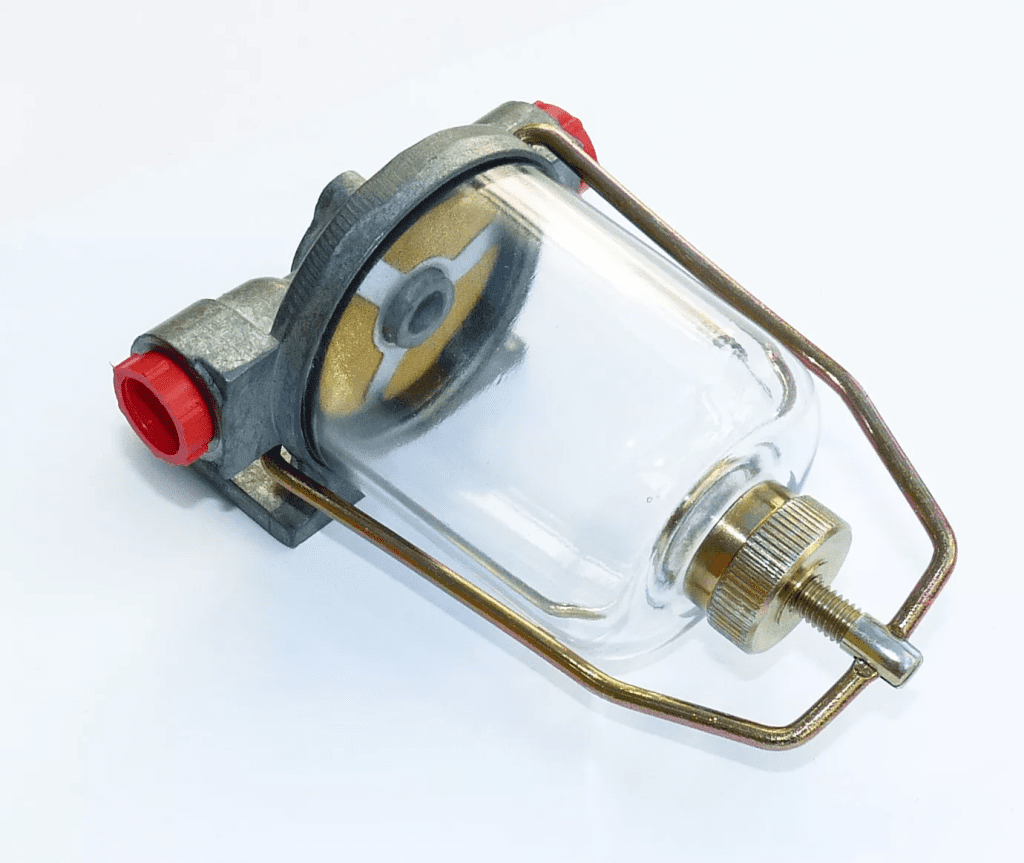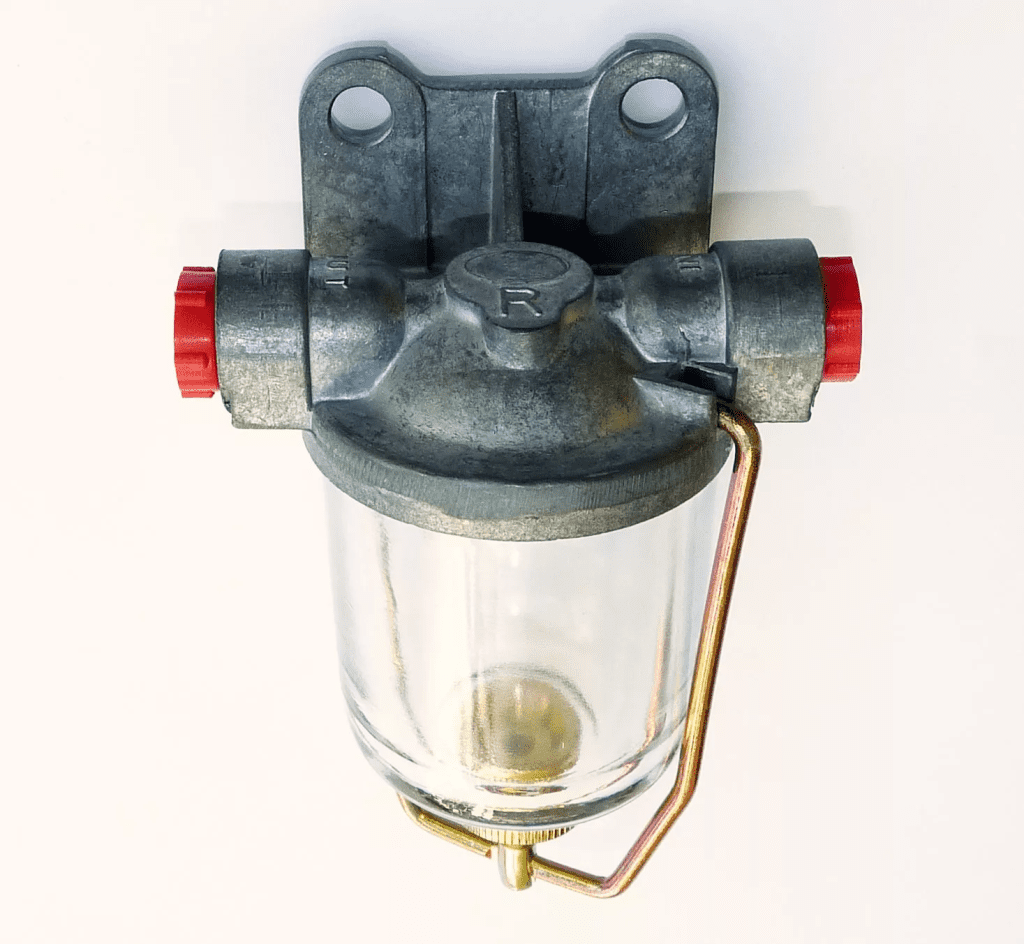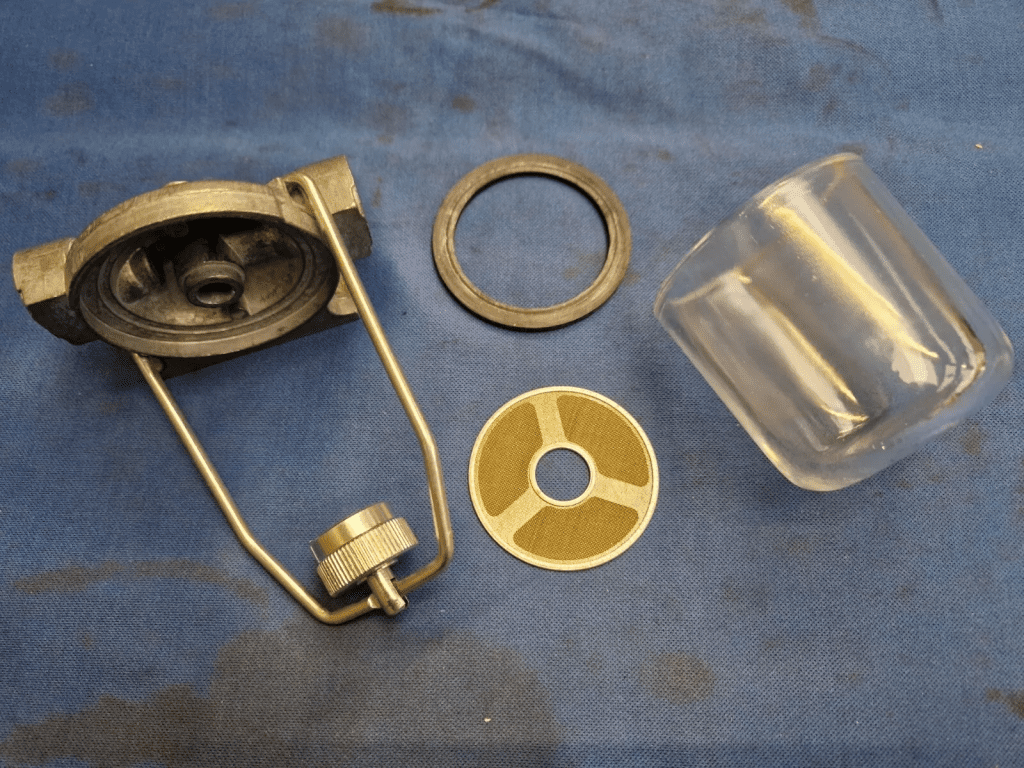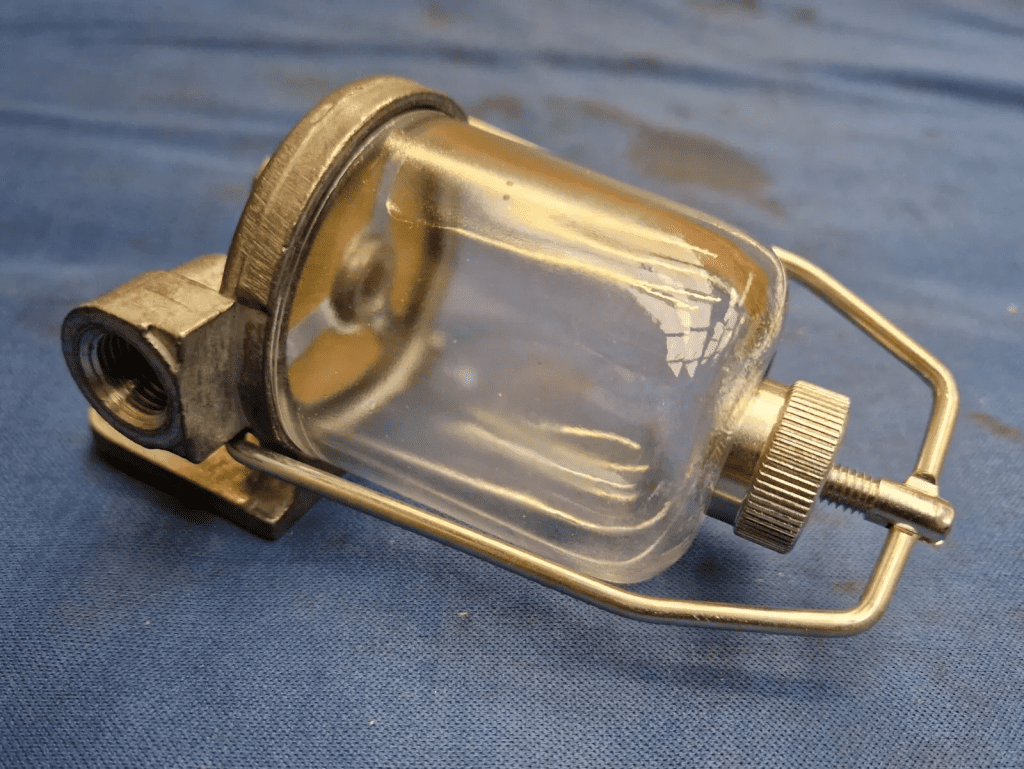The Fuel & Water Trap Glass Bowl Filter: A Journey Through Time
In the early days of motoring, automotive engineering was defined by simplicity and practicality. One such remarkable innovation was the Fuel & Water Trap Glass Bowl Filter—an effective component vital for the reliability of early cars. Let’s explore the history, its application, and the legacy of this iconic filter, cherished by vintage car enthusiasts to this day.
The Origins of the Fuel & Water Trap Glass Bowl Filter

As cars began to gain traction during the early 20th century, maintaining a pristine fuel supply emerged as a major challenge. With dusty roads and varying fuel quality—especially in rural locales—water, dirt, and rust particles often infiltrated gasoline supplies.
To address this, engineers developed the Fuel & Water Trap Glass Bowl Filter, an ingenious device featuring a transparent glass bowl. This allowed drivers to visually inspect the fuel for contaminants. By trapping debris and separating water from gasoline, it ensured smooth vehicle operation and protected engines from damage caused by impure fuel.
The Glass Bowl Filter’s Role in Early Automotive Engineering
In the era of carbureted engines, fuel quality was paramount. Unlike today’s advanced fuel injection systems, carbureted engines were notably sensitive to impurities. Even minor debris could clog fuel lines or block carburetor jets, hindering performance or causing engine failure.
The Glass Bowl Filter acted as a filtration device and an early diagnostic tool. Its transparent design allowed drivers and mechanics to see accumulated water or debris. By simply twisting the drain valve at the bottom, impurities could be removed, ensuring clean fuel delivery to the engine. This made the filter a crucial maintenance tool for hands-on car owners.
How the Glass Bowl Filter Worked
At its core, the Fuel & Water Trap Glass Bowl Filter performed an essential task: filtering impurities from gasoline. Fuel entering the filter would settle by gravity, causing heavier particles like dirt and water to collect at the bottom. Cleaner fuel would then flow through a filter element, onward to the carburetor or fuel injectors.
The glass bowl allowed for easy inspection. If contaminants were visible, draining the bowl using a valve flushed out impurities, readying the fuel system for operation. This maintenance step was often the difference between a smooth journey and a roadside breakdown.
The Importance of Fuel Filters in Early Vehicles

Fuel quality control in the early 20th century was inconsistent, especially in less regulated areas. Water contamination was common due to poor storage and condensation in fuel tanks. Solid impurities like rust, dirt, and metal shavings were constant risks.
The Fuel & Water Trap Glass Bowl Filter became vital in ensuring these impurities didn’t jeopardize engine performance. Carbureted engines, lacking modern sensors and monitors, relied heavily on this filter to prevent stalling, inefficiency, or damage.
Legacy of the Vintage Fuel & Water Trap Glass Bowl Filter
Today’s advanced fuel filters and electronic systems owe much to the Fuel & Water Trap Glass Bowl Filter. For many vintage car enthusiasts, these filters are more than functional parts—they’re symbols of an era where simplicity and user interaction were key.
Collectors often seek original glass bowl filters for restoration projects, not only for historical accuracy but also for the hands-on engagement they provided. The clear bowl offers a visual connection between driver and engine, highlighting fuel cleanliness.
Appeal to Vintage Car Enthusiasts

The Glass Bowl Filter’s blend of functionality and aesthetic appeal makes it especially attractive to vintage car collectors. Unlike today’s hidden fuel filters, the transparent design allowed for direct monitoring of fuel quality, making maintenance straightforward.
This hands-on maintenance approach is part of the charm for vintage car lovers. The Glass Bowl Filter represents a time when drivers were more intimately involved with their vehicles, treating them as companions requiring care and attention.
Continued Influence on Modern Automotive Design

Modern fuel systems, though more complex, still adhere to the principles established by the Glass Bowl Filter. Ensuring clean fuel supply and separating contaminants remain crucial, thanks in part to early innovations like the glass bowl filter.
Conclusion
The Fuel & Water Trap Glass Bowl Filter stands as a testament to early automotive innovation. From its early 20th-century inception to its role in vintage car restoration today, this simple yet effective device has significantly influenced fuel filtration systems. For collectors and enthusiasts, it represents a hands-on era of automotive care, shaping how we understand vehicle maintenance.


